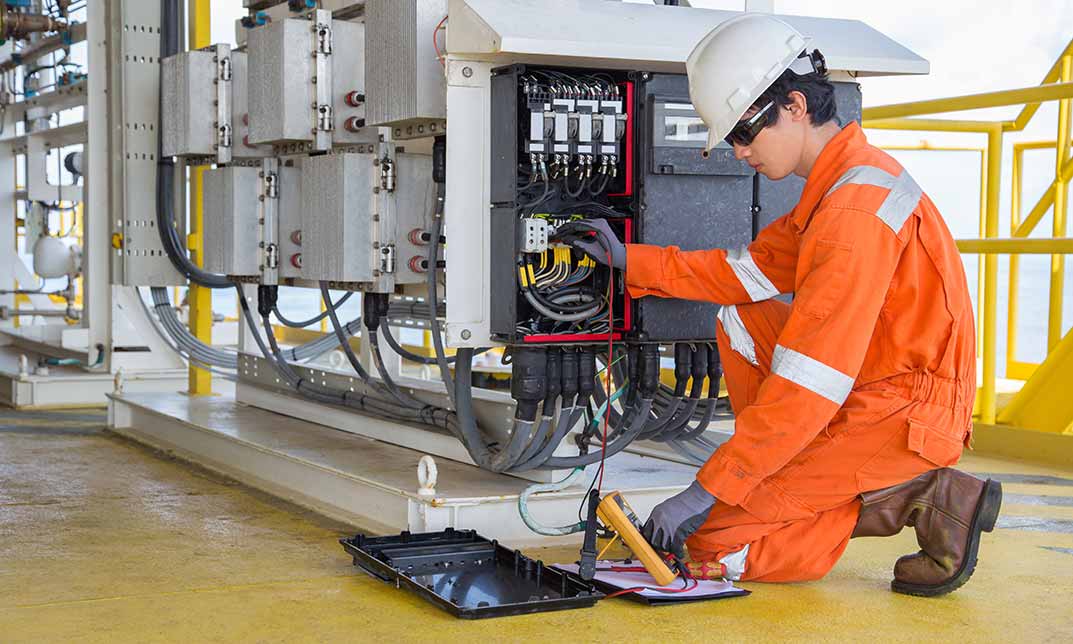Back to Courses
Professional Electrical Engineering Course to Handle Electrical Machines
Course Highlights Gain the skills and credentials to kickstart a successful career and learn from the experts with this step-by-step …
Original price was: $457.31.$34.75Current price is: $34.75.



1 Year Access
81 Students
16 hours, 2 minutes

 Course Curriculum
Course Curriculum






